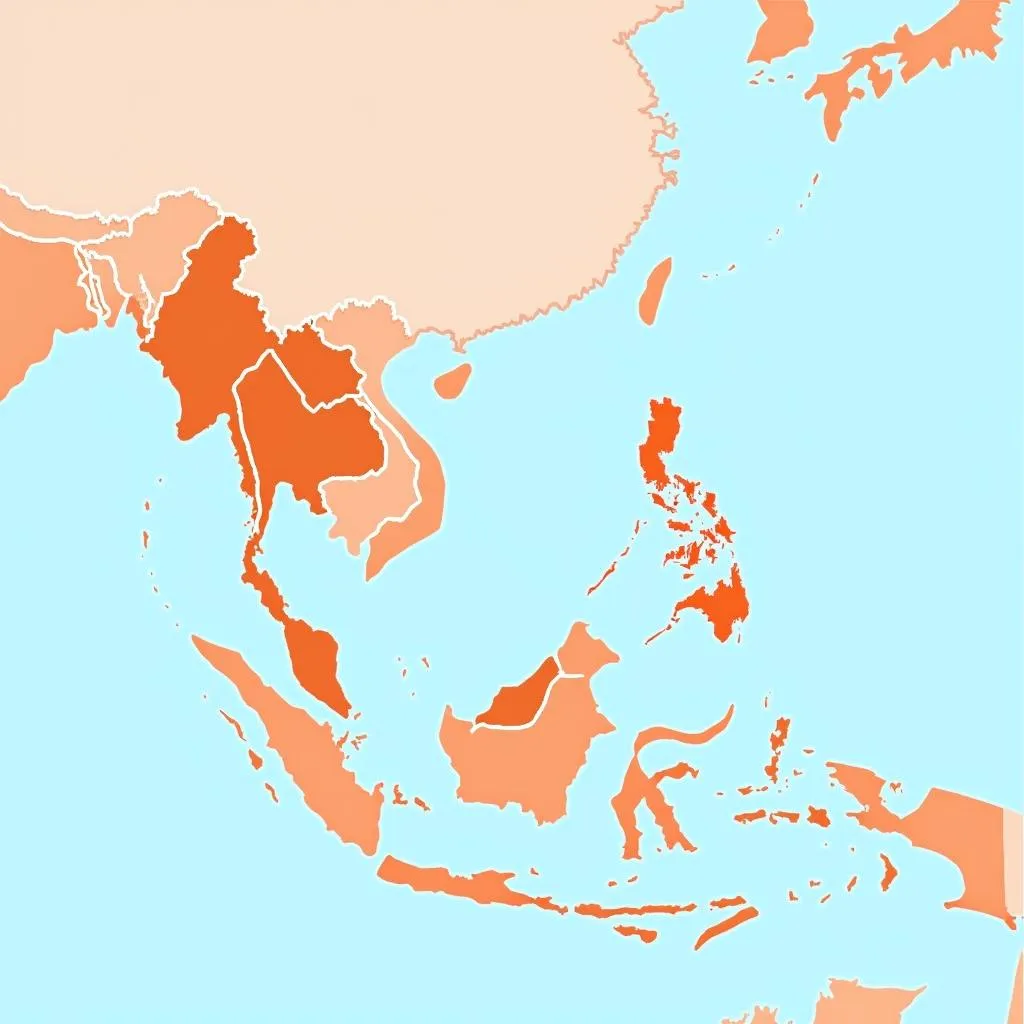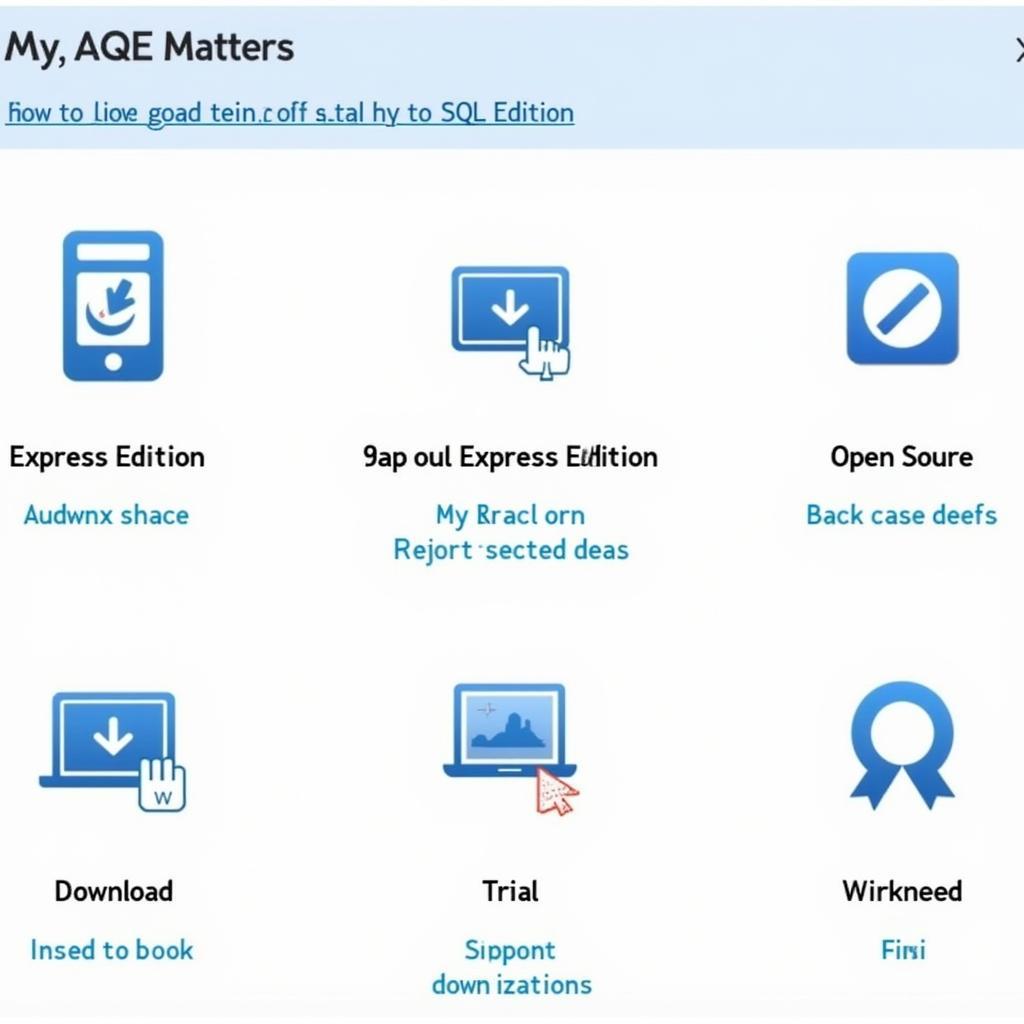ASEAN, or the Association of Southeast Asian Nations, is a regional intergovernmental organization comprising ten Southeast Asian countries. It is a dynamic region with a diverse mix of cultures, languages, and traditions. The term “ASEAN” is often used interchangeably with “Southeast Asia,” but it is important to note that ASEAN is a political and economic entity while Southeast Asia encompasses the geographical region.
This article will delve into the various aspects of ASEAN, exploring its rich history, diverse cultural heritage, and promising economic future. We will also uncover hidden gems and explore the vibrant tourism scene that makes this region a truly captivating travel destination.
ASEAN’s History: A Tapestry of Unity and Progress
The seeds of ASEAN were sown in the aftermath of World War II, as Southeast Asian nations sought to break free from colonial rule and establish their own independent identities. The region had experienced a turbulent past marked by conflicts and political instability.
In 1967, Indonesia, Malaysia, Philippines, Singapore, and Thailand took a pivotal step by forming the Association of Southeast Asian Nations (ASEAN). The primary objective was to foster regional cooperation and promote economic growth.
 Map of ASEAN member states
Map of ASEAN member states
Over the years, ASEAN has grown in strength and influence. Its member countries have progressively worked together to address common challenges, such as poverty, climate change, and security threats.
ASEAN’s Cultural Tapestry: A Symphony of Colors and Sounds
Southeast Asia is a vibrant melting pot of cultures, and ASEAN’s diverse heritage is a testament to its rich history. From ancient temples and vibrant festivals to traditional arts and cuisine, the region offers a unique and fascinating glimpse into different ways of life.
Each ASEAN nation boasts a distinct cultural identity:
- Indonesia, the largest country in Southeast Asia, is known for its traditional dances, colorful textiles, and intricate wood carvings.
- Malaysia is a multicultural society where Malay, Chinese, and Indian influences blend harmoniously.
- Philippines, renowned for its warm hospitality and vibrant festivals, has a distinct blend of Spanish and American influences.
- Singapore, a modern metropolis, is a melting pot of cultures with diverse cuisines, languages, and traditions.
- Thailand is known for its majestic temples, intricate sculptures, and vibrant festivals like Songkran.
- Brunei, a nation rich in Islamic traditions, showcases a unique cultural heritage influenced by Malay and Arabic influences.
- Vietnam, renowned for its ancient history and stunning natural beauty, boasts a rich cultural heritage with a strong emphasis on family and tradition.
- Laos, a landlocked nation known for its tranquil landscapes, offers a glimpse into traditional Buddhist culture.
- Cambodia is home to the world-famous Angkor Wat temple complex and has a rich cultural heritage influenced by Hinduism and Buddhism.
- Myanmar, formerly known as Burma, boasts a unique cultural heritage influenced by Theravada Buddhism and ancient traditions.
ASEAN’s Economic Powerhouse: A Rising Star on the Global Stage
ASEAN has emerged as a significant economic powerhouse in the global landscape. Its robust economic growth, fueled by factors such as technological advancements, a growing middle class, and increasing foreign investment, has placed it firmly on the world map.
ASEAN’s economic strengths:
- Emerging markets: The region boasts a young and growing population, driving consumer demand.
- Strategic location: ASEAN is strategically located in the heart of Southeast Asia, facilitating trade with major economies in Asia, Europe, and the Americas.
- Free trade agreements: ASEAN has established free trade agreements with various countries and regional blocs, fostering regional trade and economic integration.
- Diversified economies: The member countries have diverse economies ranging from manufacturing and tourism to agriculture and services.
“ASEAN’s economic progress is not only benefiting its member countries but also having a positive impact on the global economy,” says Dr. Sunita Sharma, an expert on Southeast Asian economics.
ASEAN’s Tourism Landscape: A Journey of Exploration and Discovery
ASEAN offers a plethora of unique experiences for travelers, from ancient temples and bustling cities to pristine beaches and diverse wildlife. The region’s tourism landscape is a kaleidoscope of vibrant colors and cultural nuances.
Top tourist destinations in ASEAN:
- Angkor Wat temple complex (Cambodia): A UNESCO World Heritage site showcasing the grandeur of Khmer architecture.
- Ha Long Bay (Vietnam): A breathtaking natural wonder with towering limestone cliffs and emerald waters.
- Borobudur temple (Indonesia): A majestic Buddhist temple built in the 9th century, showcasing intricate carvings and stunning architecture.
- Kuala Lumpur (Malaysia): A cosmopolitan city with towering skyscrapers, vibrant markets, and diverse cultural attractions.
- Bangkok (Thailand): A bustling metropolis known for its temples, palaces, street food, and vibrant nightlife.
Exploring Beyond the Mainstream: Hidden Gems of ASEAN
Beyond the popular tourist destinations, ASEAN offers a wealth of hidden gems for those seeking off-the-beaten-path experiences. These lesser-known destinations provide a more authentic glimpse into local life and culture.
Some hidden gems in ASEAN:
- Luang Prabang (Laos): A UNESCO World Heritage city known for its serene temples, colonial architecture, and lush natural beauty.
- Hoi An (Vietnam): A charming ancient town with well-preserved architecture, tailor shops, and vibrant markets.
- Koh Lanta (Thailand): A peaceful island with stunning beaches, lush jungle, and a relaxed atmosphere.
- Langkawi (Malaysia): A duty-free island with pristine beaches, lush rainforests, and a variety of adventure activities.
- Kota Kinabalu (Malaysia): A bustling city located on the island of Borneo, offering access to diverse wildlife, pristine beaches, and breathtaking mountain scenery.
ASEAN: A Promising Future with a Shared Vision
ASEAN’s future looks bright, with its member countries striving to create a more integrated and prosperous region. The organization is actively pursuing a range of initiatives to promote regional cooperation and sustainable development.
ASEAN’s vision for the future:
- Economic integration: ASEAN aims to further enhance economic cooperation and integration through initiatives like the ASEAN Economic Community (AEC).
- Sustainable development: The organization is committed to promoting sustainable development, addressing climate change, and protecting the environment.
- Peace and security: ASEAN plays a crucial role in promoting peace and security in the region by addressing regional challenges and conflicts.
ASEAN is a dynamic and evolving region with a wealth of opportunities and challenges. Its vibrant culture, robust economy, and diverse tourism landscape make it a fascinating destination for exploration and discovery. As ASEAN continues to grow and prosper, it will undoubtedly play an increasingly significant role in shaping the future of Southeast Asia and the world.
FAQ
1. What are the official languages of ASEAN?
While each member country has its own official language, English is the official language of ASEAN for communication and administration.
2. What are some of the major industries in ASEAN?
ASEAN’s economies are diverse and include a range of industries, such as manufacturing, tourism, agriculture, services, technology, and energy.
3. How can I travel to ASEAN?
ASEAN is well-connected by air and sea. There are numerous airlines and cruise lines offering direct flights and cruises to different destinations within the region.
4. Is ASEAN a safe place to travel?
ASEAN is generally a safe place to travel. However, as with any travel destination, it is essential to exercise caution and be aware of your surroundings. It is always recommended to check travel advisories and local safety guidelines before traveling.
5. What are some must-try foods in ASEAN?
ASEAN cuisine is a fusion of flavors, spices, and culinary traditions. Some must-try dishes include nasi lemak (Malaysia), rendang (Indonesia), pho (Vietnam), pad thai (Thailand), and laksa (Singapore).
6. How can I learn more about ASEAN?
There are numerous resources available to learn more about ASEAN, including websites, books, documentaries, and organizations dedicated to promoting regional cooperation and understanding.
For more information or assistance, please contact us at:
Phone: 0369020373
Email: [email protected]
Address: Thôn Ngọc Liễn, Hiệp Hòa, Bắc Giang, Việt Nam
We have a dedicated customer service team available 24/7 to answer your questions and provide you with the information you need.
